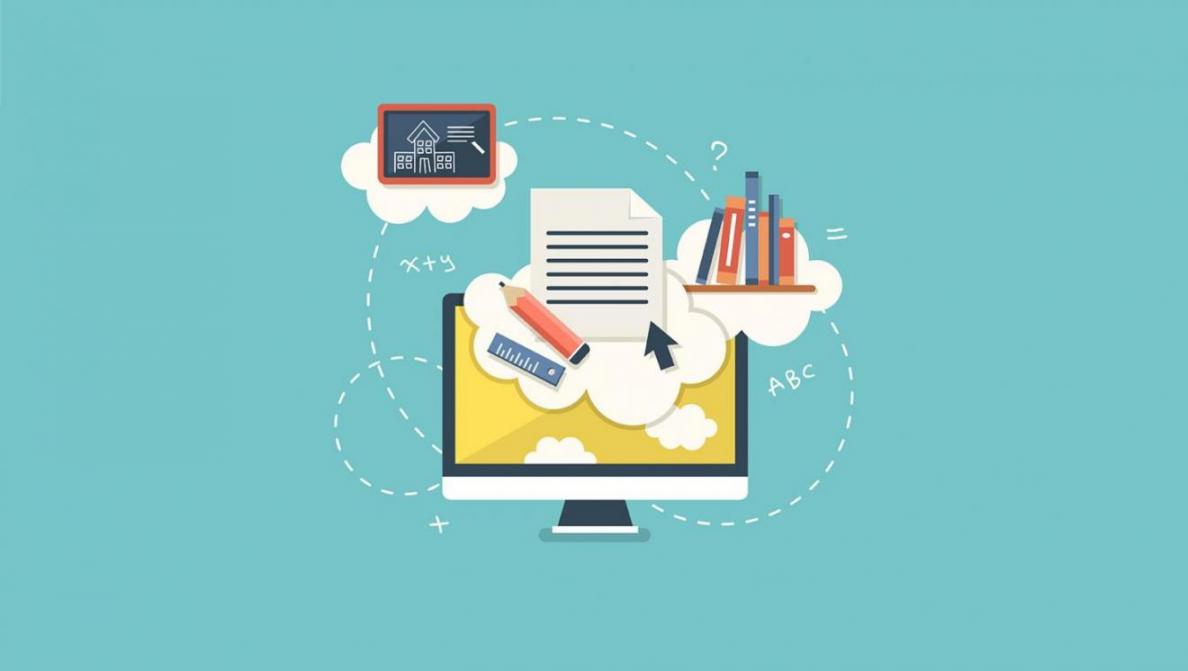With the launching of the national database that has information on all children under the age of 18 as prepared by Iran’s National Body on the Convention on the Rights of the Child (CRC), “we now have the names and addresses of all out-of-school children,” said Goudarz Shahmoradi, head of Distance Education Division at the Ministry of Education.
“This data will help us make efforts to bring at least a part of school dropouts under the coverage of our educational services,” he said on the sidelines of the annual ‘Qalam’ (pen) festival which supports new ideas to improve the quality of distance learning.
“At present, our main task is to increase people’s awareness of the services and benefits of distance education since in this aspect we have fared poorly,” Shahmoradi said.
Annually, around 250,000 students are taking distance learning courses across the country, and so far, 2.7 million students have benefited from the program.
“The distance education office, which provides a second chance for school dropouts or those who missed the first opportunity in education, was founded in 2004. Currently there are 1,700 distance learning centers in the country,” IRNA quoted him as saying.
People who enroll in distance education can be categorized into two groups. The first includes school-age students eligible to receive free compulsory education but suffer from rare diseases or physical disabilities as well as school-age female students who are married or don’t have access to schools.
The second group includes adults (above the age of 18) who are interested in literacy.
In disadvantaged areas, remote learning can lead to educational justice. He said the main purpose of distance education programs is to help promote education equity, diversity in educational methods, alleviating social deprivation and encouraging individual enterprise.
E-Training
“We are making every effort to increase the coverage of distance education. Iranian students living abroad also can benefit from our electronic-training courses. But due to the lack of publicity, only 500 students are using the service.”
The courses are completely free for school-age students and in Iran 3000 students are using this facility as of now; however adults have to pay a fee of $40 to $55 for each school year.
He pointed to the measures taken by the department to improve the quality of distance education services and said in the past year “we provided 44 hours of training for principals of distance learning centers and 7 hours of e-training for teachers.”
Online training is cost-effective in remote areas for the Education Ministry, students as well as those who are employed. But the downside is a lack of face-to-face interaction between teacher and student. For instance, student body language or facial reactions to instructions are invisible and some students are more comfortable asking questions in a school environment than online.
“While virtual education is not better than in-person training, it is a next-best way to address the problem of out-of-school children,” Shahmoradi noted.
According to the Literacy Movement Organization (LMO), there are four million children in the country who are deprived of education.
Distance education or distance learning is the education of students who are not physically present at a school. Courses that are conducted partly through distance education and partly on-site are referred to as hybrid or blended education.


